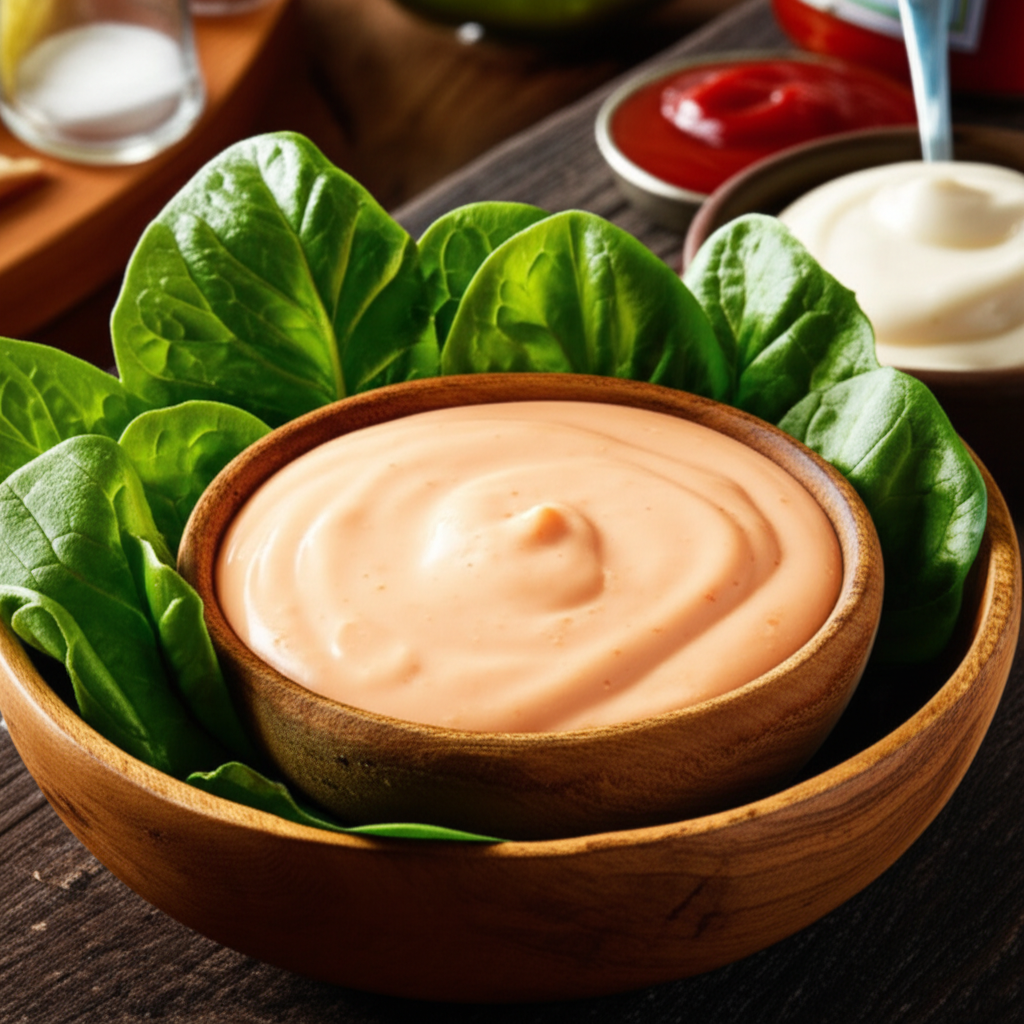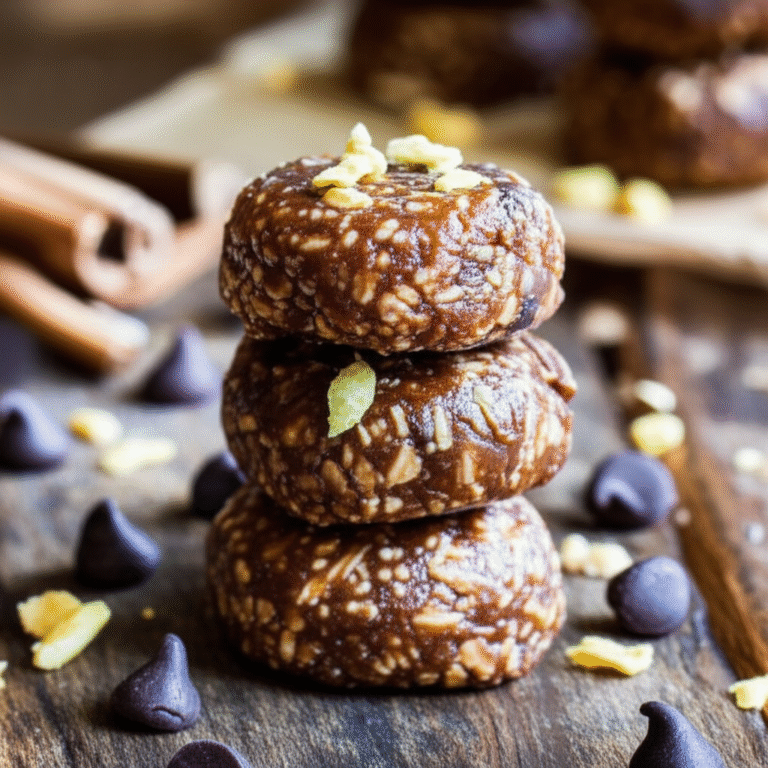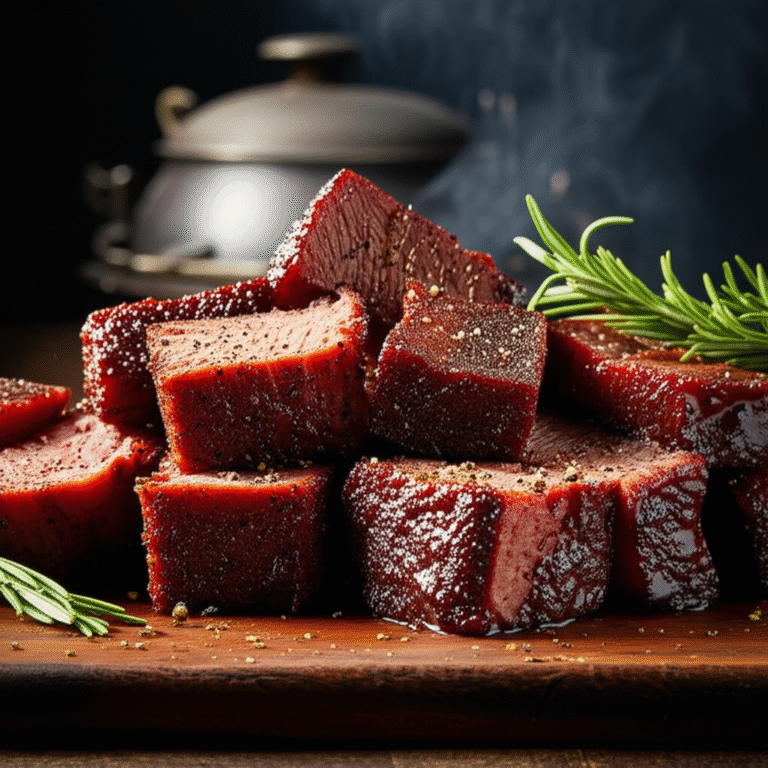russian dressing recipe
Russian Dressing Recipe: The Ultimate Guide
Quick Answer
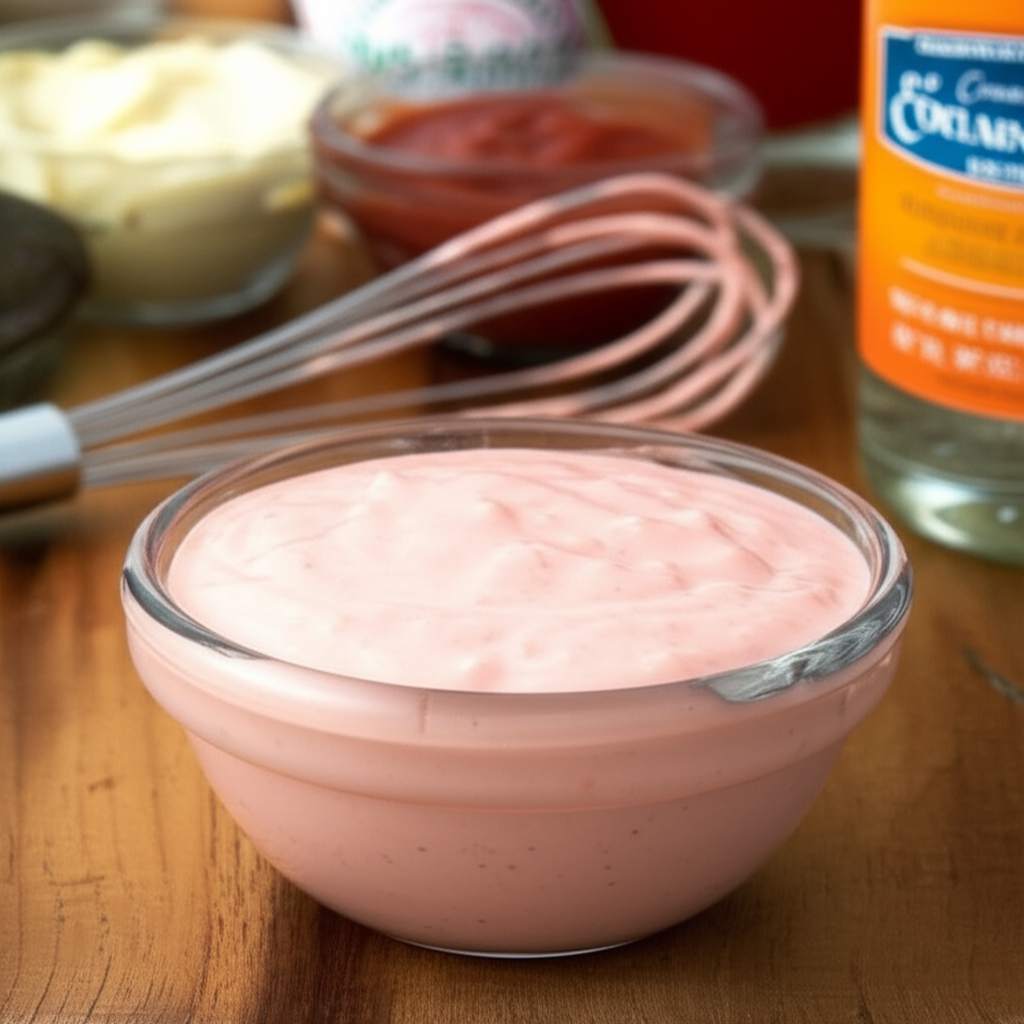
Russian dressing adds a tangy, creamy kick to everything from sandwiches and salads to veggie dips. This versatile condiment blends mayonnaise, ketchup, horseradish, and spices. A classic recipe uses mayonnaise (provides a creamy texture), ketchup (adds sweetness and tang), prepared horseradish (offers a pungent bite), and Worcestershire sauce (contributes umami depth). The combination creates a vibrant flavor that complements many dishes.
Making the Perfect Russian Dressing

Russian dressing boasts a unique flavor profile that complements numerous dishes. Its creamy texture, balanced by tang and spice, makes it an excellent choice for various culinary applications. Whether used as a salad dressing, a sandwich spread, or a dip for vegetables, Russian dressing adds a pop of flavor that enhances the overall dining experience. Its versatility extends from simple weeknight meals to festive holiday gatherings, making it a pantry staple in many kitchens.
A Brief History of Russian Dressing
The origins of Russian dressing are shrouded in some mystery with several competing claims. One theory suggests it was created in the early 20th century by a New Hampshire grocer, James E. Colburn. Another suggests it originated in Russia, possibly incorporating caviar in its earliest versions. While its true birthplace remains debatable, its popularity as a condiment has endured, solidifying its place in culinary history.
What Makes Russian Dressing Unique?
The distinctive element of Russian dressing lies in its complex interplay of flavors. The base of mayonnaise and ketchup creates a familiar starting point, while the addition of horseradish introduces a pungent, spicy note. Worcestershire sauce contributes umami depth, while sweet pickle relish, paprika, onion powder and other spices further enhance the complexity of the dressing. This unique blend of ingredients sets it apart from other condiments like Thousand Island dressing, which often includes chopped hard-boiled eggs and olives.
Russian Dressing Recipe – Classic Version
Here’s a classic Russian dressing recipe you can easily make at home:
Ingredients:
1 cup mayonnaise (full-fat for richer flavor)
1/4 cup ketchup
2 tablespoons prepared horseradish (adjust to your spice preference)
1 tablespoon Worcestershire sauce
1 tablespoon sweet pickle relish
1 teaspoon paprika
1/2 teaspoon onion powder
1/4 teaspoon garlic powder
Salt and freshly ground black pepper to taste
Instructions:
1. Combine all ingredients in a medium bowl.
2. Whisk thoroughly until everything is well combined and the dressing is smooth.
3. Taste and adjust seasonings as needed. You might want to add more horseradish for extra spice, sweet pickle relish for enhanced tang, or a pinch of sugar to balance the flavors.
4. Cover the bowl and refrigerate for at least 30 minutes to allow the flavors to meld. Chilling helps to intensify the flavors and creates a more cohesive dressing.
5. Serve chilled.
Variations and Adaptations
The beauty of Russian dressing lies in its adaptability. Once you master the classic recipe, feel free to experiment with different ingredients and flavor combinations.
Spicy Russian Dressing: Amp up the heat by adding a pinch of cayenne pepper or a few dashes of your favorite hot sauce. Some recipes also incorporate diced jalapeños or other chili peppers for a fiery kick.
Smoked Russian Dressing: Introduce a smoky element by incorporating smoked paprika or a few drops of liquid smoke. This variation pairs well with grilled meats and vegetables.
Vegan Russian Dressing: Substitute vegan mayonnaise and ensure your Worcestershire sauce is vegan-friendly. The remaining ingredients are typically plant-based.
Using Russian Dressing in Your Culinary Creations
Beyond its traditional role as a salad dressing, Russian dressing offers a multitude of culinary applications:
Sandwich Spread: Elevate your sandwiches and wraps with a generous spread of Russian dressing. It pairs particularly well with corned beef, pastrami, and turkey.
Burger Topping: Add a dollop of Russian dressing to your favorite burger for a tangy, creamy twist.
Dip for Vegetables: Serve Russian dressing with a platter of fresh vegetables like carrots, celery, bell peppers, and broccoli florets. It’s a flavorful and satisfying alternative to traditional dips.
Potato Salad Enhancement: Mix a few tablespoons of Russian dressing into your potato salad to add a touch of tang and spice.
Checklist for Making Russian Dressing
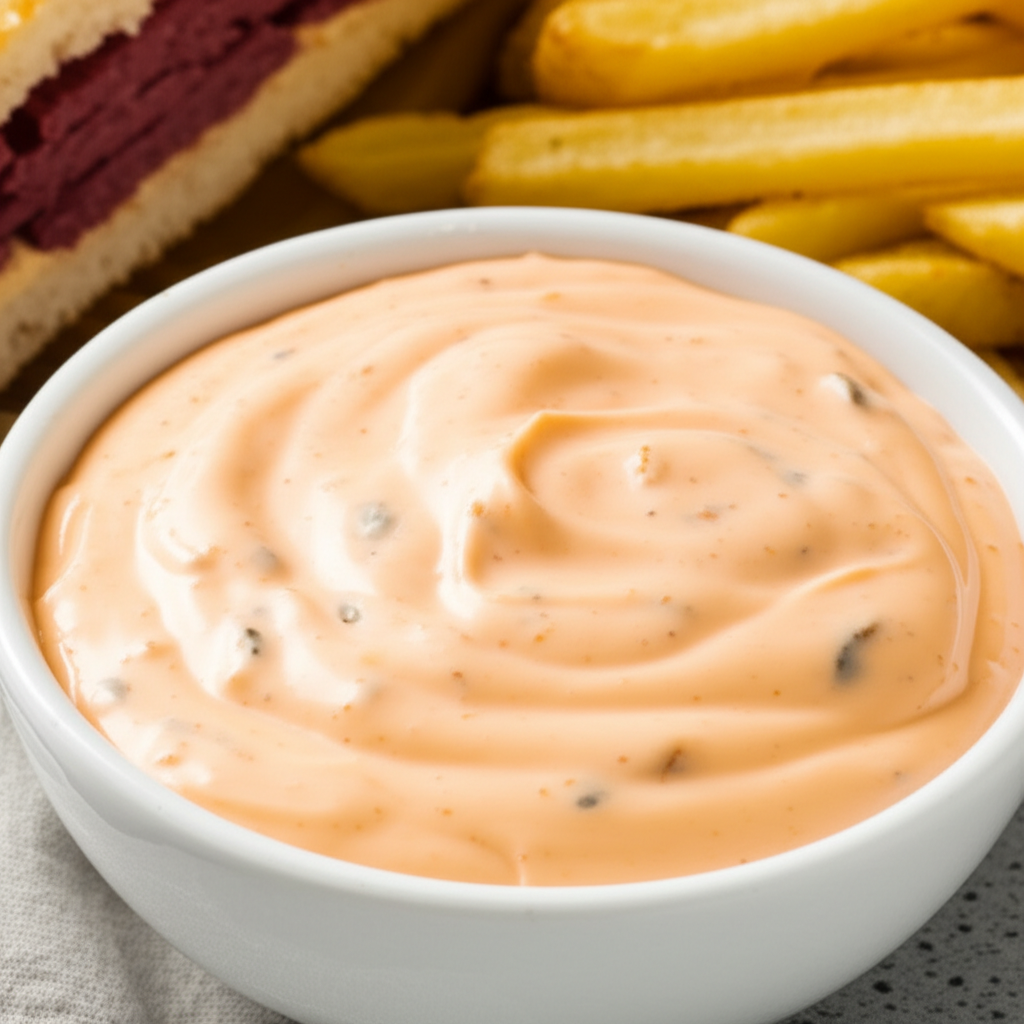
1. Gather all your ingredients: mayonnaise, ketchup, horseradish, Worcestershire sauce, and your chosen spices and additions.
2. Use quality mayonnaise: Opt for full-fat mayonnaise for a richer, creamier dressing.
3. Adjust horseradish to your taste: Start with the recommended amount, and add more if you prefer a spicier dressing.
4. Taste and adjust seasonings: Before chilling, taste the dressing and adjust the salt, pepper, or other spices as needed.
5. Chill for at least 30 minutes: Allowing the dressing to chill intensifies the flavors and creates a more cohesive texture.
Pro Tips for the Best Russian Dressing
Use fresh ingredients: Freshly grated horseradish, if available, offers a more vibrant flavor than prepared horseradish.
Balance the flavors: Aim for a harmonious balance of creamy, tangy, and spicy elements.
Don’t overmix: Overmixing can make the dressing too thin. Whisk gently until just combined.
Store properly: Store leftover dressing in an airtight container in the refrigerator for up to one week.
Experiment with variations: Feel free to customize your dressing by adding different spices, herbs, or other ingredients.
Common Pitfalls & Fixes
Dressing too thick: Add a teaspoon or two of water or milk to thin it to your desired consistency.
Dressing too spicy: Balance the heat by adding a touch more mayonnaise or sweetness with a pinch of sugar or a bit more sweet pickle relish.
Dressing too bland: Add more horseradish, Worcestershire sauce, or other spices to enhance the flavor.
FAQs about Russian Dressing
Is Russian dressing actually Russian? The origins are unclear; it possibly originated in the United States, despite its name.
What is the main ingredient in Russian dressing? Mayonnaise forms the base of most Russian dressing recipes.
What does Russian dressing taste like? It’s creamy, tangy, and slightly spicy, with a complex flavor profile from various ingredients.
Is Russian dressing the same as Thousand Island dressing? They share some similarities but are distinct. Thousand Island dressing often includes chopped hard-boiled eggs and olives, giving it a different texture and flavor.
Can I make vegan Russian dressing? Yes, using vegan mayonnaise and ensuring your Worcestershire sauce is vegan-friendly allows for a plant-based version.
Key Takeaways
Russian dressing blends mayonnaise, ketchup, horseradish, and spices for a tangy, creamy flavor.
It’s versatile, used as a salad dressing, sandwich spread, or dip.
Homemade versions allow for customized spice levels and ingredient variations.
Chilling enhances the flavor profile.
Proper storage extends shelf life up
